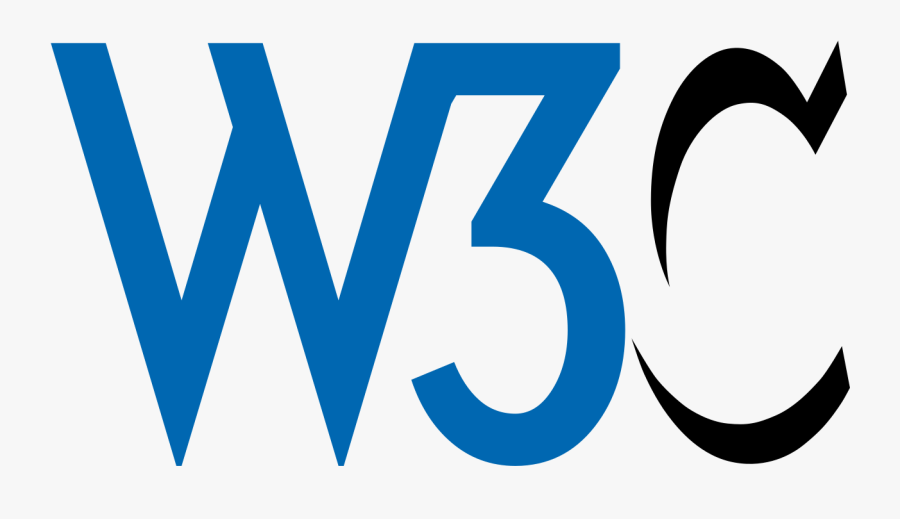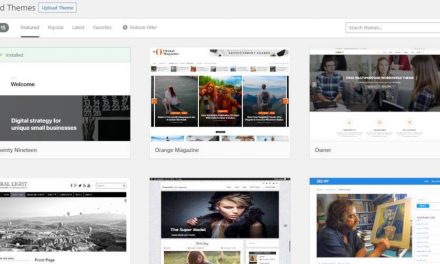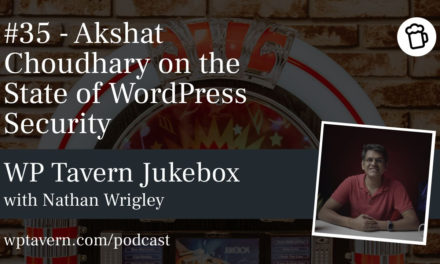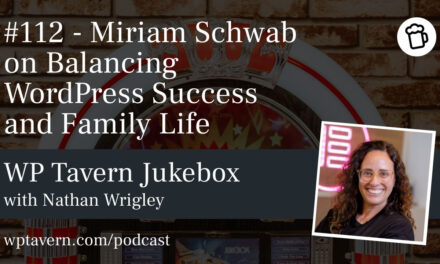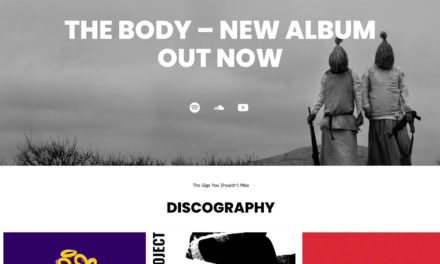W3C has selected Craft CMS over Statamic for its redesign project, after dropping WordPress from consideration in an earlier round of elimination:
In the end, our decision mostly came down to available resources. Craft had already committed to reach AA compliance in Craft 4 (it is currently on version 3.5, the release of version 4 is planned for April 2021). They had also arranged for an external agency to provide them with accessibility issues to tackle weekly. In the end, they decided instead to hire an in-house accessibility specialist to perform assessments and assist the development team in adopting accessibility patterns in the long run.
Last week we published a post urging W3C to revisit Gutenberg for a fair shake against the proprietary CMS’s or consider adopting another open source option. During the selection process, Studio 24, the agency contracted for the redesign, cited its extensive experience with WordPress as the reason for not performing any accessibility testing on more recent versions of Gutenberg.
When asked if the team contacted anyone from WordPress’ Accessibility Team during the process or put Gutenberg through the same tests as the proprietary CMS’s, Studio 24 founder Simon Jones confirmed they had not.
“No, we only reached out to the two shortlisted CMS’s” Jones said. “I’m afraid we didn’t have time to do more. We did test GB a few months ago based on editing content – though it wasn’t the only factor in our choice. As an agency we do plan to keep reviewing GB in the future.”
In response to our concerns regarding licensing, Jones penned an update titled “On not choosing WordPress,” which further elaborated on the reasons why the agency was not inclined towards using or evaluating the new editor:
From a business perspective I also believe Gutenberg creates a complexity issue that makes it challenging for use by many agencies who create custom websites for clients; where we have a need to create lots of bespoke blocks and page elements for individual client projects.
The use of React complicates front-end build. We have very talented front-end developers, however, they are not React experts – nor should they need to be. I believe front-end should be built as standards-compliant HTML/CSS with JavaScript used to enrich functionality where necessary and appropriate.
As of yet, we have not found a satisfactory (and profitable) way to build custom Gutenberg blocks for commercial projects.
The CMS selection report also stated that W3C needs the CMS to be “usable by non-sighted users” by the launch date, since some members of the staff who contribute to the website are non-sighted.
Since the most recent version of WordPress was not tested in comparison with the proprietary CMS’s, it’s unclear how much better they handle accessibility. Ultimately, W3C and Studio 24 were more comfortable moving forward with a proprietary vendor that was able to make certain assurances about the future accessibility of its authoring tool, despite having a smaller pool of contributors.
“[I’m] also deeply curious since the cursory notes on accessibility for both of the reviewed CMSes seem to highlight a ton of issues like ‘Buttons and Checkboxes are built using div elements’ or most inputs lacking clear focus styles,” Gutenberg technical lead Matías Ventura said. “An element like the Calendar for choosing a post date seems entirely inoperable with keyboard on Craft, for example, while WordPress’ has had significant effort and rounds of feedback poured into that element alone to make it fully operable.”
WordPress developer Anthony Burchell commented on how using a relatively new proprietary CMS seemed counter to W3C’s stated goal to select an option on the basis of longevity. Craft CMS’s continued success is contingent upon its business model and the company’s ability to remain profitable.
“FOSS have the same opportunity of direct access to developers,” Burchell said. “I recognize there are many accessibility shortcomings in popular software, but I think it’s more constructive to rally behind and contribute, not use a proprietary CMS that boasts beer budget in their guidelines.”
On the other side of the issue, accessibility advocates took the W3C’s decision as a referendum on Gutenberg’s continued struggles to meet WCAG AA standards. WordPress accessibility specialist Amanda Rush said it was “nice to see the W3C flip tables over this.”
“Gutenberg is not mature software,” accessibility consultant and WordPress contributor Joe Dolson said in a post elaborating on his comments at WPCampus 2020 Online. He emphasized the lack of stability in the project that Studio 24 alluded to when documenting the reasons against using WordPress.
“It is still undergoing rapid changes, and has grand goals to add a full-site editing experience for WordPress that almost guarantees that it will continue to undergo rapid changes for the next few years,” Dolson said. “Why would any organization that is investing a large amount into a site that they presumably hope will last another 10 years want to invest in something this uncertain?”
Dolson also said the accessibility improvements he referenced regarding the audit were only a small part of the whole picture.
“They only encompass issues that existed in the spring of 2019,” he said. “Since then, many features have been added and changed, and those features both resolve issues and have created new ones. The accessibility team is constantly playing catch up to try and provide enough support to improve Gutenberg. And even now, while it is more or less accessible, there are critical features that are not yet implemented. There are entirely new interface patterns introduced on a regular basis that break prior accessibility expectations.”
WordPress is also being used by millions of people who are constantly reporting issues to fuel the software’s continued refinement, which increases the backlog of issues. Unfortunately, Studio 24 did not properly evaluate Gutenberg against the proprietary CMS’s in order to determine if these software projects are in any better shape.
Instead, they decided that Craft CMS’s community was more receptive to collaborating on issues without reaching out to WordPress. Given the W3C’s stated preference for open source software, WordPress, as the only CMS under consideration with an OSD-compliant license, should have received the same accessibility evaluation.
“I can’t make any statements that would be meaningful about the other content management systems under consideration; but if WordPress wants to be taken seriously in environments where accessibility is a legal, ethical, and mission imperative, there’s still a lot of work to be done,” Dolson said.
Studio 24’s evaluation may not have been equitable to the only open source CMS under consideration, but the situation serves to highlight a unique quandary: when using open source software becomes the impractical choice for organizations requiring a high level of accessibility in their authoring tools.
“Studio 24 ultimately determined that working with a CMS to make it better was more possible with a smaller, proprietary vendor than with a large open-source project,” accessibility advocate Brian DeConinck said. “Project leadership would be more receptive, and the smaller community means changes can be made more quickly. That should prompt a lot of soul-searching for…well, everyone. What does that say about the future of open source?”

